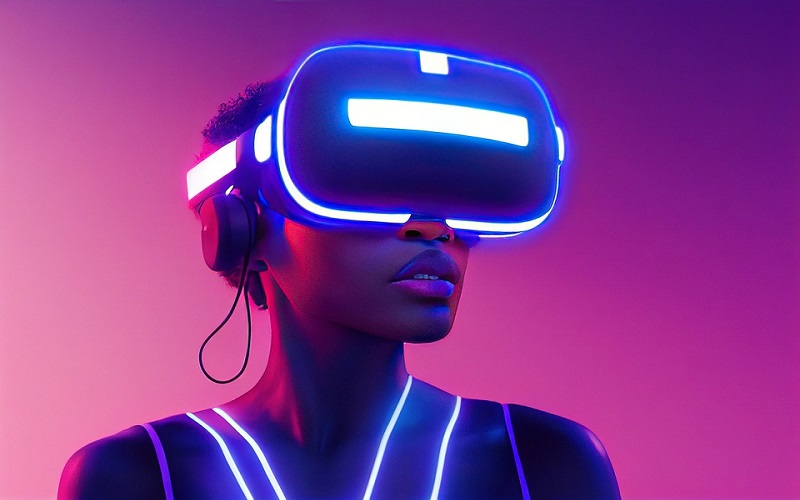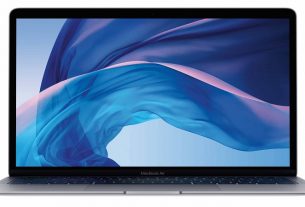Web3 and AR (Augmented Reality) are two emerging technologies that have the potential to transform the future in various ways. Let’s explore how they are reshaping different aspects of our lives:
1. Decentralization and Web3: Web3 refers to the next generation of the internet, which aims to create a more decentralized and user-centric online ecosystem. It utilizes blockchain technology to enable peer-to-peer interactions, eliminate intermediaries, and empower individuals with greater control over their data and digital assets. This decentralization has several implications:
a. Data ownership and privacy: With Web3, users have the ability to own and control their data. Blockchain-based systems allow individuals to store their data securely and grant access to specific entities, giving them more control over their personal information.
b. Digital identity: Web3 offers the potential for self-sovereign identity, where individuals have portable and verifiable identities across different online platforms. This can enhance privacy, security, and reduce reliance on centralized identity providers.
c. Tokenization and digital assets: Web3 enables the tokenization of assets, allowing for the creation and exchange of digital assets on blockchain networks. This opens up new possibilities for fractional ownership, microtransactions, and the creation of new economic models.
2. Augmented Reality (AR): AR blends digital information with the real world, overlaying virtual objects or data onto our physical environment. Here’s how AR is transforming various sectors:
a. Retail and e-commerce: AR allows customers to visualize products in real-time before making a purchase. They can virtually try on clothes, see how furniture fits in their space, or preview products in their environment. This enhances the shopping experience and reduces the need for physical showrooms.
b. Education and training: AR offers interactive and immersive learning experiences. It enables students to visualize complex concepts, explore historical events, or perform virtual experiments. In the workplace, AR can provide real-time guidance and support for training purposes, improving efficiency and reducing errors.
c. Entertainment and gaming: AR enhances entertainment experiences by bringing digital content into the real world. Games like Pokémon Go introduced AR to the mainstream, and now we see AR being used in live events, storytelling, and interactive experiences, blurring the boundaries between virtual and physical environments.
d. Healthcare and remote assistance: AR has the potential to revolutionize healthcare. Surgeons can use AR to overlay medical information during procedures, providing real-time guidance. AR can also assist in remote healthcare by enabling doctors to diagnose and guide patients remotely, reducing the need for physical visits.
e. Navigation and exploration: AR can provide context-aware information, directions, and points of interest in real-time. This can enhance navigation experiences, tourist attractions, and improve situational awareness in various fields.
Overall, the combination of Web3 and AR is opening up new possibilities for user empowerment, immersive experiences, and innovative applications across multiple industries. These technologies have the potential to reshape how we interact with the digital world, collaborate, learn, and experience our physical surroundings.




